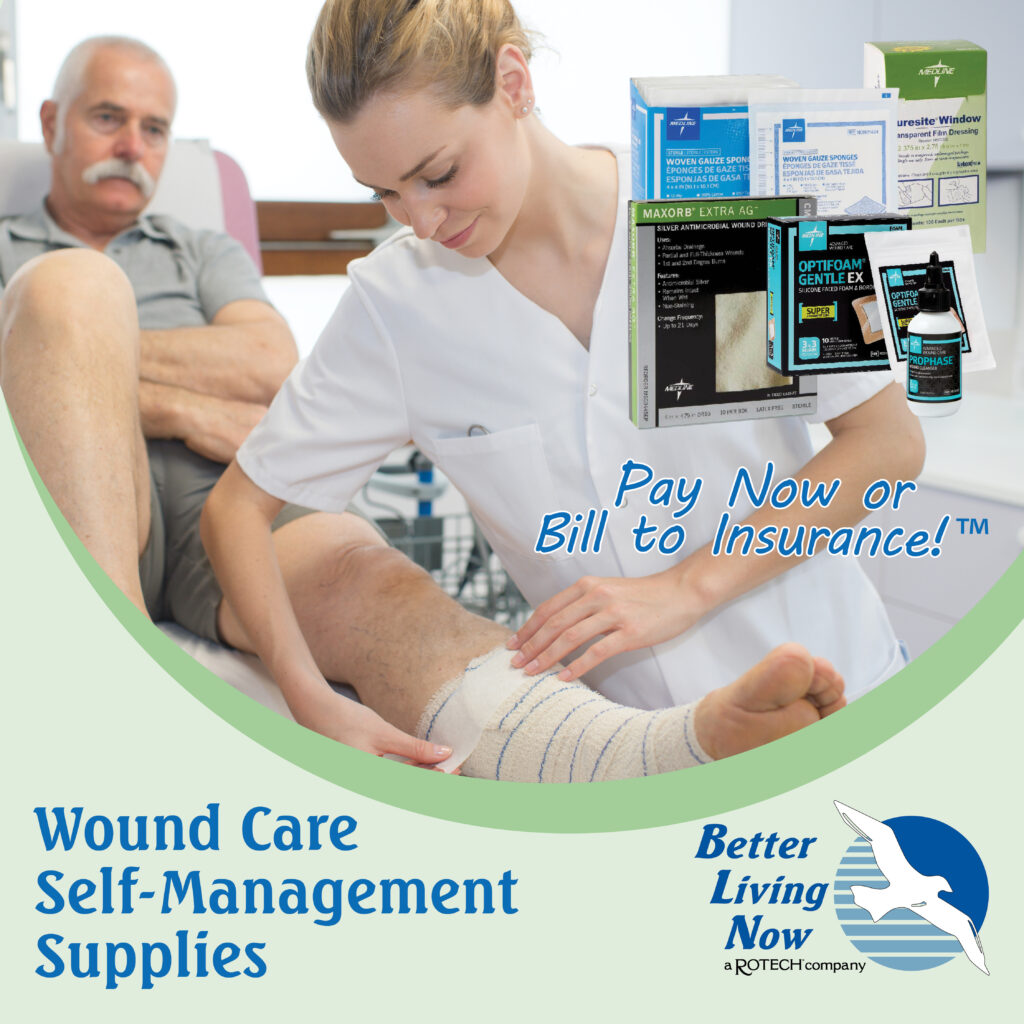Wound Care Introduction
What is Wound Care?
Within, we will cover wound care introduction, such as type of wounds and healing phases. Importantly, wounds include cuts, scrapes, scratches, and punctured skin. Consequently, they often occur as a result of an accident or injury, but surgical incisions, sutures, and stitches also cause wounds. Minor wounds usually aren’t serious, but even cuts and scrapes require care, for instance.
Nonetheless, healing is a response to the injury that sets into motion a sequence of events. With the exception of bone, all tissues heal with some scarring. For this reason, the object of proper care is to minimize the possibility of infection and scarring.
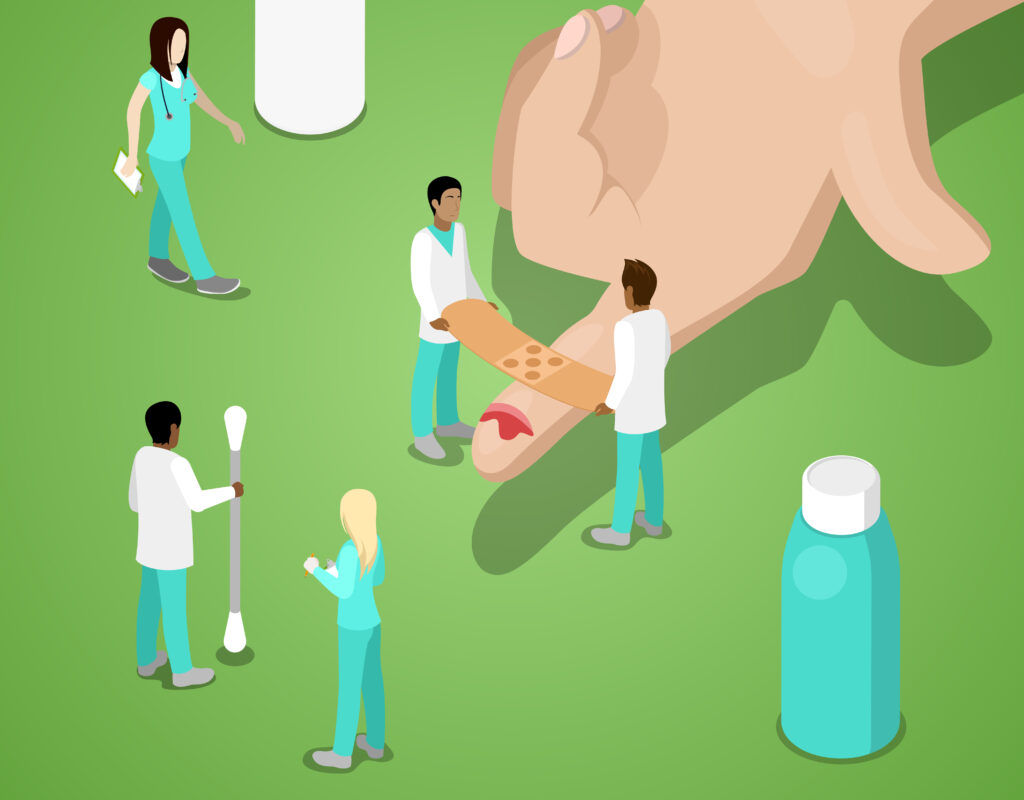
Types of Wounds
Acute
For example, wounds that can include minor cuts, lacerations, bites, abrasions and surgical wounds are acute wounds.
Chronic:
Chronic wounds are wounds that can become slow to heal, including ulcers on the legs and feet, for instance.
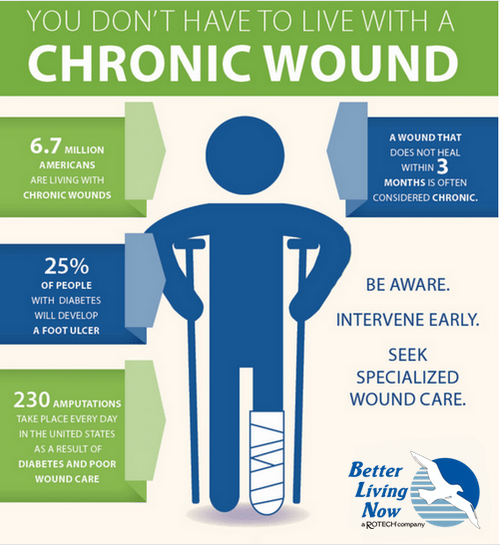
Pre-Diabetes
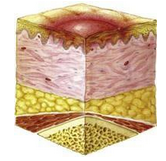
Phase 1: Hemostasis Phase
This is the first phase of healing. It starts at the onset of injury, and the objective is to stop the bleeding. In this phase, the body activates its emergency repair system, the blood clotting system, and forms a dam to block the drainage. During this process, platelets come into contact with collagen, resulting in activation and aggregation. An enzyme called thrombin is at the center, and it initiates the formation of a fibrin mesh, which strengthens the platelet clumps into a stable
clot.
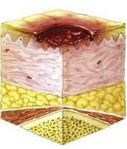
Phase 2: Inflammatory Phase
Secondly, this phase focuses on destroying bacteria and removing debris—essentially preparing the wound bed for the growth of new tissue. A type of white blood cells called neutrophils enters the wound to destroy bacteria and remove debris. These cells often reach their peak population between 24 and 48 hours after injury. These white blood cells, growth factors, nutrients, and enzymes create the swelling, heat, pain, and redness commonly seen during this stage of wound healing. This phase often lasts four to six days. These cells also secrete growth factors and proteins that attract immune system cells to the wound to facilitate tissue repair.
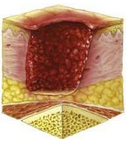
Phase 3: Proliferative Phase
Once the wound is cleaned out, the wound enters the Proliferative Phase, where the focus is to fill and cover the wound. The proliferative phase does not occur at a discrete-time but is occurring all the time in the background. The Proliferative phase features three distinct
stages: 1) filling the wound; 2) contraction of the wound margins; and 3) covering the wound (epithelialization). The Proliferative phase often lasts anywhere from four to 24 days.
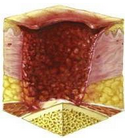
Phase 4: Maturation Phase
The maturation phase starts around week 3 and can last up to 24 months. The collagen fibers reorganize, the tissue remodels and matures and there is an overall increase in tensile strength. The excess collagen degrades, and wound contraction also begins to peak around week
3. Wound contraction occurs to a much greater extent in secondary healing than in primary healing.


